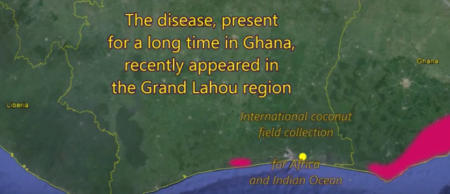Not a short-term solution, clearly, but it might be worthwhile starting to screen the larger collections, surely.
That’s what we said almost a year ago when the bacterium Xylella started wreaking havoc in the olive groves of Puglia, the heel of Italy. Well, it’s not a large collections of olives that’s been screened, but there are glimmers of hope in the recent report of an ongoing study looking at the results of both artificial inoculation and natural infection. Here’s the guy in charge, Giuseppe Stancanelli, as quoted by the BBC:
“…some varieties have shown some tolerance. They grow in infected orchards but do not show strong symptoms, as seen in more susceptible varieties. They are still infected by the inoculation but this infection is much slower so it takes longer for the infection to spread, and the concentration of the bacterium in the plant is much lower. This shows the potential for different responses (to the pathogen) in different varieties.”
It’s early days yet, and only about 10 varieties were looked at, but Leccino, for example, sounds like it might be showing promise. That’s a very common and widespread cultivar, so olive cultivation in a large part of Italy may well survive ok should the disease spread. Well, until the next disease, that is.
